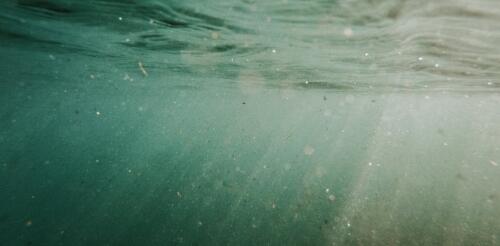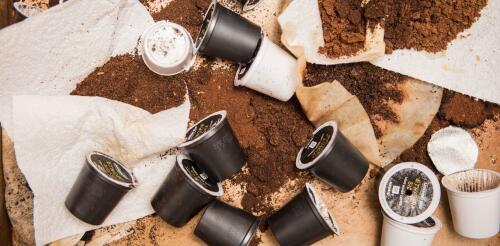Microplastic pollution
It’s become common to read that microplastics – little bits of plastic, smaller than a pencil eraser – are turning up everywhere and in everything, including the ocean, farmland, food and human bodies. Now a new term is gaining attention: nanoplastics. These particles are even tinier than microplastics – so small that they’re invisible to the naked eye. Nanoplastics are a type of microplastic, distinguished by their extremely small size. Microplastics are usually less than 5 millimeters across; nanoplastics are between 1 and 1,000 nanometers across. For comparison, an average human hair is roughly 80,000-100,000 nanometers wide. Nanoplastics are attracting growing concern thanks to recent technological advances that have made researchers more able to detect and analyze them. Their smaller size means that they are more easily transported over long distances and into more diverse environments than microplastics. They can more easily penetrate cells a...
You’ve just finished a cup of coffee at your favorite cafe. Now you’re facing a trash bin, a recycling bin and a compost bin. What’s the most planet-friendly thing to do with your cup? Many of us would opt for the recycling bin – but that’s often the wrong choice. In order to hold liquids, most paper coffee cups are made with a thin plastic lining, which makes separating these materials and recycling them difficult. In fact, the most sustainable option isn’t available at the trash bin. It happens earlier, before you’re handed a disposable cup in the first place. In our research on waste behavior, sustainability, engineering design and decision making, we examine what U.S. residents understand about the efficacy of different waste management strategies and which of those strategies they prefer. In two nationwide surveys in the U.S. that we conducted in October 2019 and March 2022, we found that people overlook waste reduction and reuse...
Plastic is a fast-growing segment of U.S. municipal solid waste, and most of it ends up in the environment. Just 9% of plastic collected in municipal solid waste was recycled as of 2018, the most recent year for which national data is available. The rest was burned in waste-to-energy plants or buried in landfills. Manufacturers assert that better recycling is the optimal way to reduce plastic pollution. But critics argue that the industry often exaggerates how readily items can actually be recycled. In September 2024, beverage company Keurig Dr Pepper was fined US$1.5 million for inaccurately claiming that its K-Cup coffee pods were recyclable after two large recycling companies said they could not process the cups. California is suing ExxonMobil, accusing the company of falsely promoting plastic products as recyclable. Environmental law scholar Patrick Parenteau explains why claims about recyclability have confused consumers, and how forthcoming guidelines from the U.S. Federa...
As a conservation biologist who studies plastic ingestion by marine wildlife, I can count on the same question whenever I present research: “How does plastic affect the animals that eat it?” This is one of the biggest questions in this field, and the verdict is still out. However, a recent study from the Adrift Lab, a group of Australian and international scientists who study plastic pollution, adds to a growing body of evidence that ingesting plastic debris has discernible chronic effects on the animals that consume it. This work represents a crucial step: moving from knowing that plastic is everywhere to diagnosing its effects once ingested. From individual to species-level effects There’s wide agreement that the world is facing a plastic pollution crisis. This deluge of long-lived debris has generated gruesome photos of dead seabirds and whales with their stomachs full of plastic. But while consuming plastic likely killed these individual animals, death...



